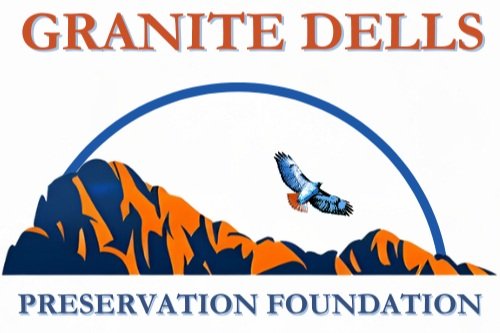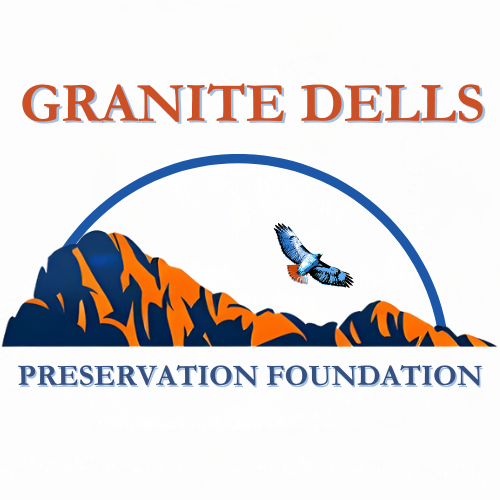Open Space for Ecological Development
by Chuck Budinger
Land, water, air, and wildlife habitat are worth preserving. But saving, or preserving, these elements themselves is not sufficient to sustain a habitat like ours. Water needs soil and vegetation to interact with to preserve its quality and availability. Air needs trees to filter out degrading impacts from our lifestyle. All of these combine to form habitats for wildlife: birds (migratory and protected), frogs, herons, deer and even predators such as coyotes, snakes, and raptors (falcons, black hawks, owls, etc). Habitat for wildlife is habitat for us.
Habitat is far more important to the economy and health of the community than initially suspected. Numerous studies have shown that development costs the community money. It is not cheap to develop. Once developers, under development agreements with the City or County, create their communities, those citizens in the community have to start to pay for perpetuating that development: upgrading and maintaining sewer, drinking, and stormwater lines; providing fire and police protection; providing education for those moving into the new expanded community; road maintenance and expansion. Basically, governmental services grow exponentially after the initial development is complete.
Open space and wildlife habitat carry none of these costs. In fact, they mitigate human impacts to the environment and sustain resource regeneration. For example, a floodplain is a far more efficient system to control flooding from extreme storms than the construction of dikes, flood barriers, and/or concrete channels. Many cities are buying back homes and businesses in floodplains because it is cheaper to remove them than to fight nature.
By expanding natural spaces, especially riparian or habitat-dominated spaces, we preserve our water resources. Water flowing through a floodplain, whether at base flow stage or flood stage, allows it to be stored in the sediment eventually percolating into the underlying bedrock fractures. Once in the fractures, it is stored ready for us or will migrate towards Watson or Willow Lake and eventually to the sand aquifers of the Little Chino.
In addition to the economic costs, other studies have shown that the preservation/restoration of habitat (open space) improves community mental health. This may be a concept to consider given the number of alcohol and drug rehabilitation centers that have chosen Prescott to operate. Mental health has been connected to physical well-being by several others. So, again, by developing a human community around natural resource zones, it is possible that the cost of health care will decrease and rehabilitation from addiction can succeed. Urban landscapes do not provide this hope or claim.
Finally and probably in connection with mental health, open space in habitat or natural resource zones provide for recreational opportunities: hiking, biking, horseback riding, swimming, and other aquatic sports. Another activity that can only come from habitat preservation is a passive activity: bird-watching. This generates a considerable economic boost to the local economy with very little resource maintenance cost.
Prescott needs to re-evaluate its development approach and start looking at different codes for land development and building construction as a means to perpetuate natural resource development for the community mental and physical health, and preservation of essential natural resources.

